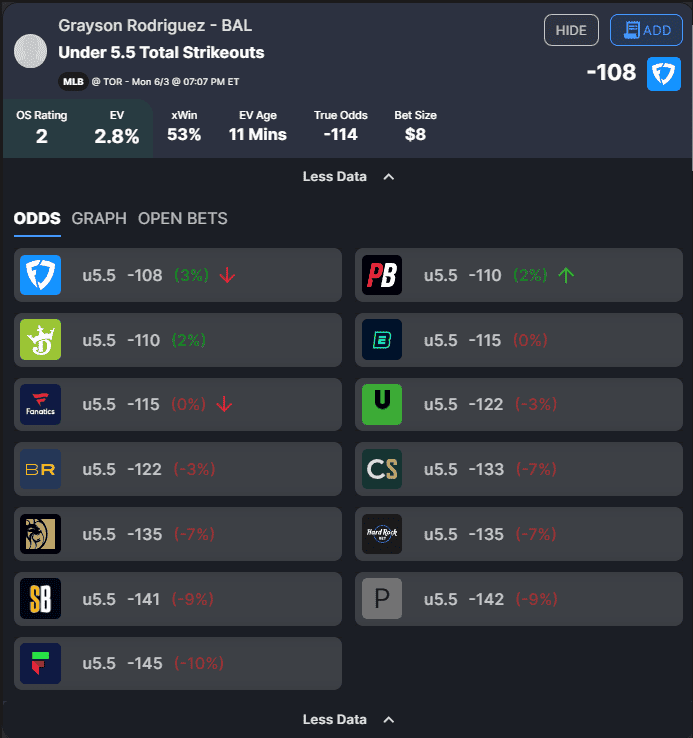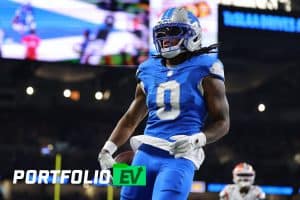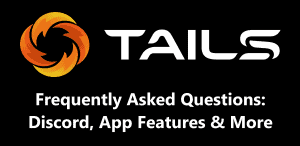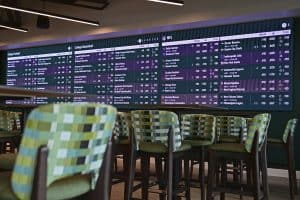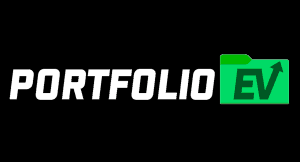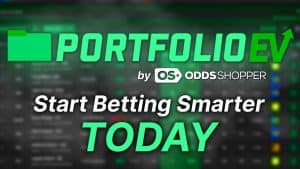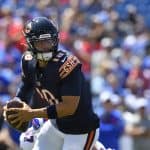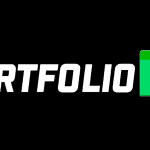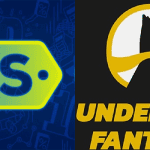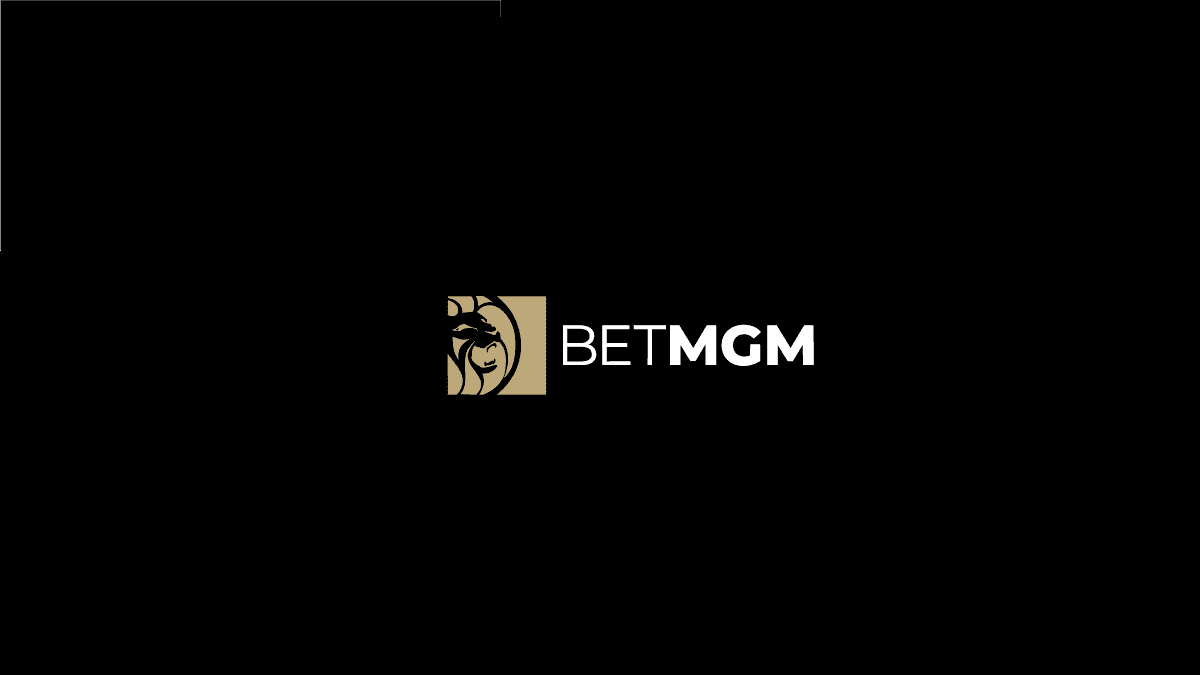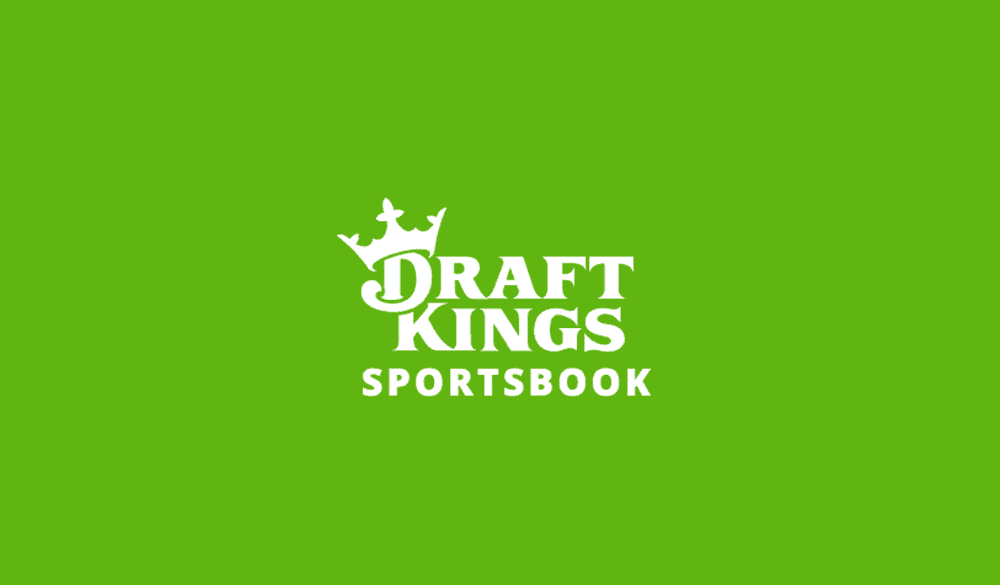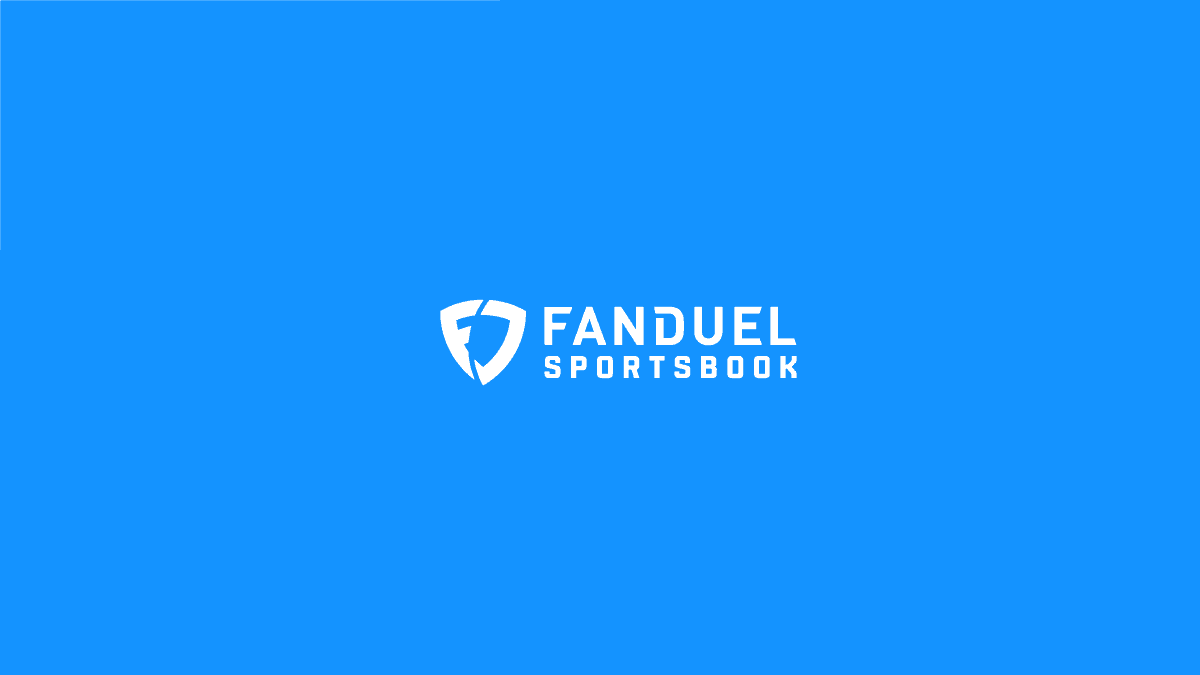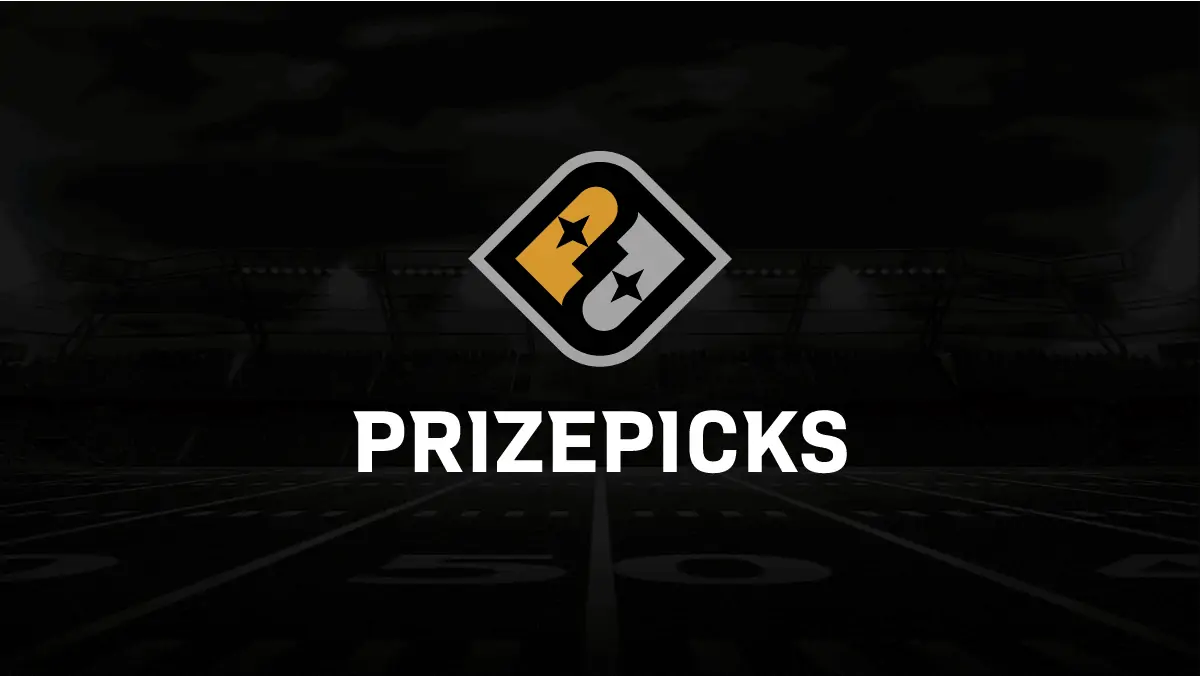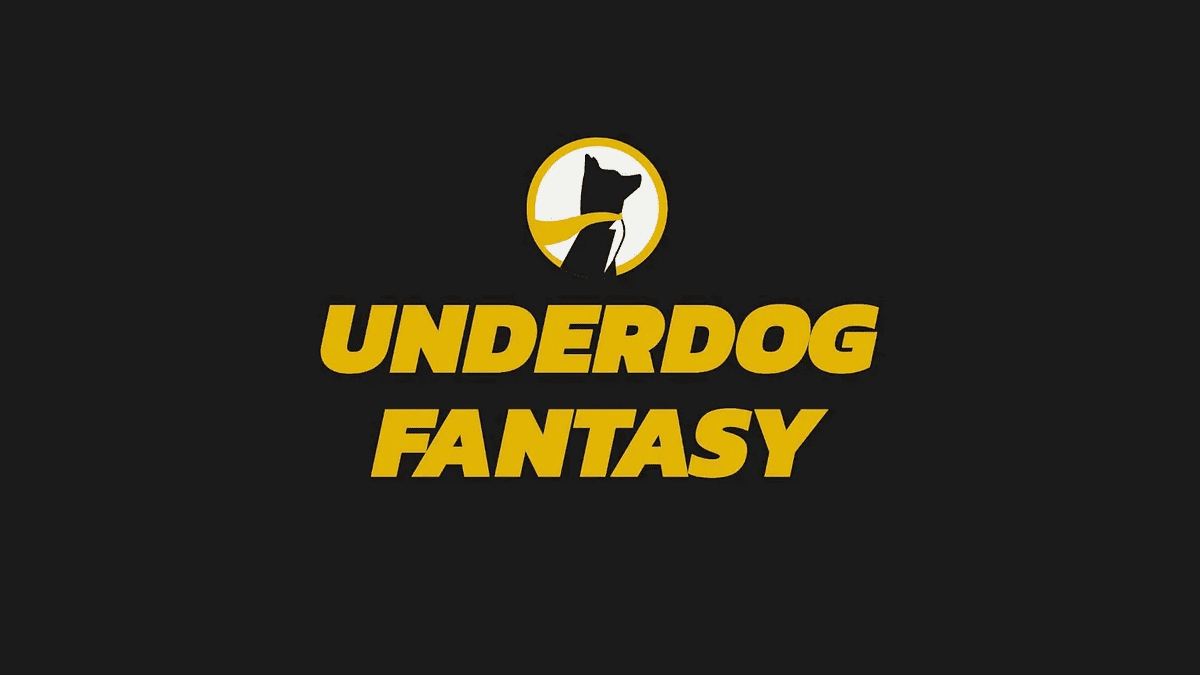Few sports are as great for sports bettors as the MLB. Instead of having 82 or 17 chances to make money on regular-season action, you’ve got a massive 162-game sample, which can help you find winning angles over the long term. Strikeout props, one of the most popular MLB player props, are one such source of value. So let’s break down how to bet on MLB strikeout props — profitably, of course, as I dish out my expert advice and break down our strategy.
How to Bet on MLB Strikeout Props: Strategy & Expert Advice

Expand your bankroll and boost long-term profitability with Portfolio EV. Discover more +EV bets with a FREE TRIAL — visit our Portfolio Betting page today!
How to Bet on MLB Strikeout Props
It’s easy to bet on MLB strikeout props. Simply navigate to the game you’d like to target, find the pitcher props section, and get action down on either the over or the under. The increasing prevalence of alt lines means that you can ladder up if you expect a big game — or ladder down if you expect a shelling — as well.
So that’s how you bet on MLB strikeout props — now how do you bet on them, you know, profitably?
The only way to know if you’re a profitable bettor over the long term is to use a consistent process and track your plays. If you’re planning to employ a new approach, the best way to evaluate it is with back-tested simulations. That way you’ll be able to figure out what your ROI would’ve been without losing it all if the strategy was unsuccessful.
But back-testing can be difficult in sports betting, especially for new bettors. Fortunately, Portfolio EV is already back tested and can help you start turning a profit on strikeout props (and most other sports betting markets). We use a market-based approach, which means we use the odds available at different sportsbooks to estimate the probability of an outcome. This is in contrast to a projections-based approach, which use stats to estimate that probability.
We’ll break down both our market-based approach before I give you my expert advice on formulating a projections-based strategy on your own (or alongside the projections-based tools at Stokastic):
MLB Strikeout Prop Betting Strategy & Advice: A Market-Based Approach
How Does Portfolio EV Work?
Before we talk about how to use Portfolio EV betting tools, let’s talk about how they work. Our model indexes the odds from across the sports betting market, adjusts for hold, book sharpness and other factors, then generates a breakeven price called “true odds” against which all publicly available odds are compared.
When a wager is trading for longer odds than the true odds, we know that a bet is a +EV bet. How do we know this? Our model is carefully backtested to ensure we have a positive return on investment. Again you can check out our results — or the results of our subscribers, some of which are included in this article.
While you can arrive at a +EV bet by other means, Portfolio EV’s market-based approach is a great way to build your bankroll. It relies on the presupposition that some sportsbooks are sharper than others, especially Pinnacle, a high-limit, low-hold offshore book.
Because Pinnacle has higher limits and lower hold than domestic books, also called public books, they have more incentive to post more efficient odds. We can use their lines to beat public books, who often price up overs (and price down unders) in hopes of pocketing more money from public bettors.
How to Use Portfolio EV
Now let’s talk about how to use Portfolio EV. When you first sign up, you should navigate to the shop pages to see the best +EV MLB bets today. It should look something like this:
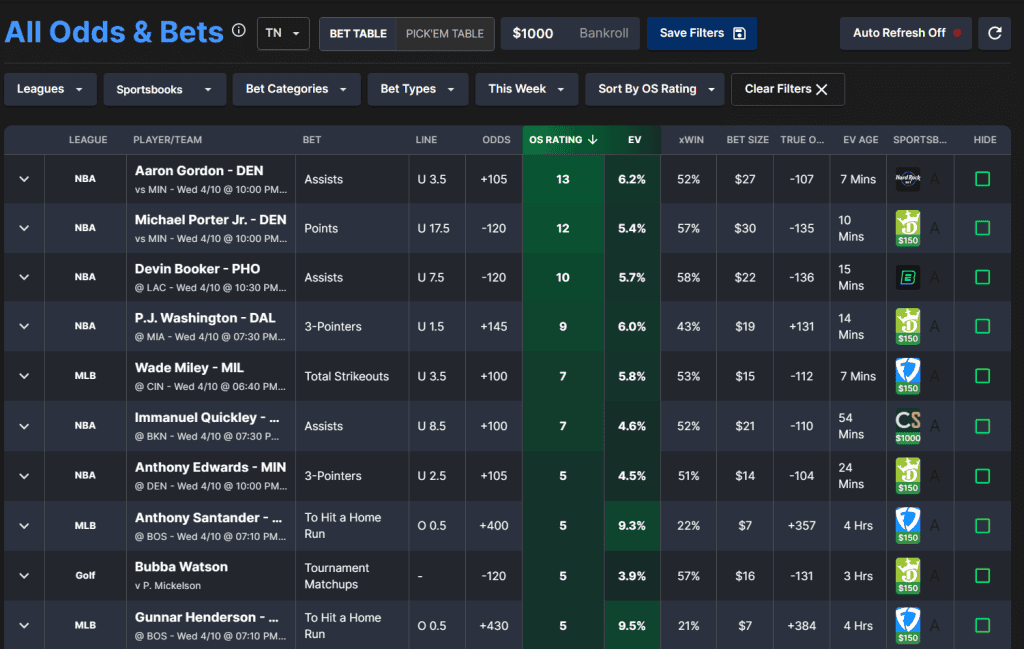
You’ll find bets from a variety of sports and on a variety of markets. In this screenshot alone, we’ve got several NBA player prop bets, a few MLB player prop and home run bets, as well as a golf tournament matchup.
Our shop pages are customizable. You can change your state, which will lead to only wagers available to you rendering as +EV bets. You can customize your bankroll, which will change the recommended bet sizing. You can also filter by league, sportsbook, type of bet and when the game, match or tournament in question will occur
Next, let’s take a quick look at an example wager and how our product team describes each of the key terms.
Bet Size: The recommended bet size as a percentage of your bankroll. This metric is based on a fractional Kelly Criterion approach that leads to a reasonable balance of minimizing risk of ruin while maximizing potential reward.
EV: An abbreviation for “expected value,” this metric estimates the long-term profitability of a wager by taking into account the probabilities/payouts associated with each potential outcome.
xWin: The probability of winning the bet implied by the Sharp Sportsbook Algorithm true odds.
OS Rating: The OS rating provides a rating for each +EV bet. An OS rating above 20 signifies an exceptional bet.
Ratings between 10 and 20 are highly favorable bets.
Finally, a rating between 0 and 10 indicates a solid bet. We factor in the EV, expected win, bet size, and negative geometric drag to calculate this rating.
Hold: The synthetic hold across the entire market, which is the loss a bettor would sustain if he bet both sides of the market to win equal amounts. The larger the hold, the more difficult it is to beat that market.
How to Bet on MLB Strikeout Props Using a Projections-Based Approach
If you’re looking to take a projections-based approach to MLB strikeout prop betting, you’ll first need to familiarize yourself with several datapoints. It’s good to know how many strikeouts a pitcher averages per start, nine innings or at-bat — but those numbers aren’t enough by themselves. Let’s dive into the key numbers I consider when projecting a pitcher’s strikeouts.
Counting Stats
The first and most obvious numbers to know a starting pitcher’s counting stats. Again, while knowing what they average is useful, it doesn’t tell the full story. For example, at the time of this story’s initial publication, LHP Garrett Crochet was averaging 7.2 strikeouts per start, 12 strikeouts per nine and 33.7% strikeouts per at-bat (also known as strikeout rate).
You may start with a projection of 7.2 strikeouts for Crochet due to his season average, which might lead to you play the over 6.5. His line had been oscillating between 6.5 and 5.5 for most of the season, but, as of publication, he was just 7-6 to the over on his props. You won’t profit much if you’re winning just 53% of the time.
Volume
Strikeout props are a bit different from other types of player prop bets in that they’re only available for a team’s starter, who will stay in the game for an indeterminate but projectable amount of time. There is a clear mathematical limit, too: can only get 27 (or 24 if they’re on the road and losing) outs per nine-inning game.
But how can you estimate how long a pitcher will stay in the game? Look at how many pitches a team is willing to let that starter throw on a nightly basis. For Crochet this season, it’s been about 90 on most nights, which is around the league-average leash a starter will get. Once you’ve got a ballpark pitch count, you can estimate how many chances your pitcher will get to record strikeouts.
Opponent Stats & Splits
Pitchers are just one part of the equation — you’ll also need to know something about the opposing lineup. I usually like to start by getting a sense of the total strikeouts a team takes per game. Let’s say Crochet is getting ready to face the Houston Astros. As of publication, Houston ranked first in total strikeouts taken per game (6.9), so the under might a good play.
Once I’ve done that, I like to evaluate how a team performs versus pitchers of the relevant player’s handedness. Crochet is a lefty, and Houston was also leading the MLB in strikeout rate against southpaws (15.8%), so we may have an edge on the under. Things don’t always work out quite this neatly, however.
If Crochet were preparing to start against the Cleveland Guardians, who ranked fifth in strikeouts taken per game (7.4), we may also start thinking about playing the under. But Cleveland’s strikeout rate against LHPs ranked 17th (22.1%), suggesting our edge isn’t as strong. Crochet racked up a whopping 11 strikeouts against the Guardians in mid-May, and I wouldn’t have wanted to be on the under for that one.


